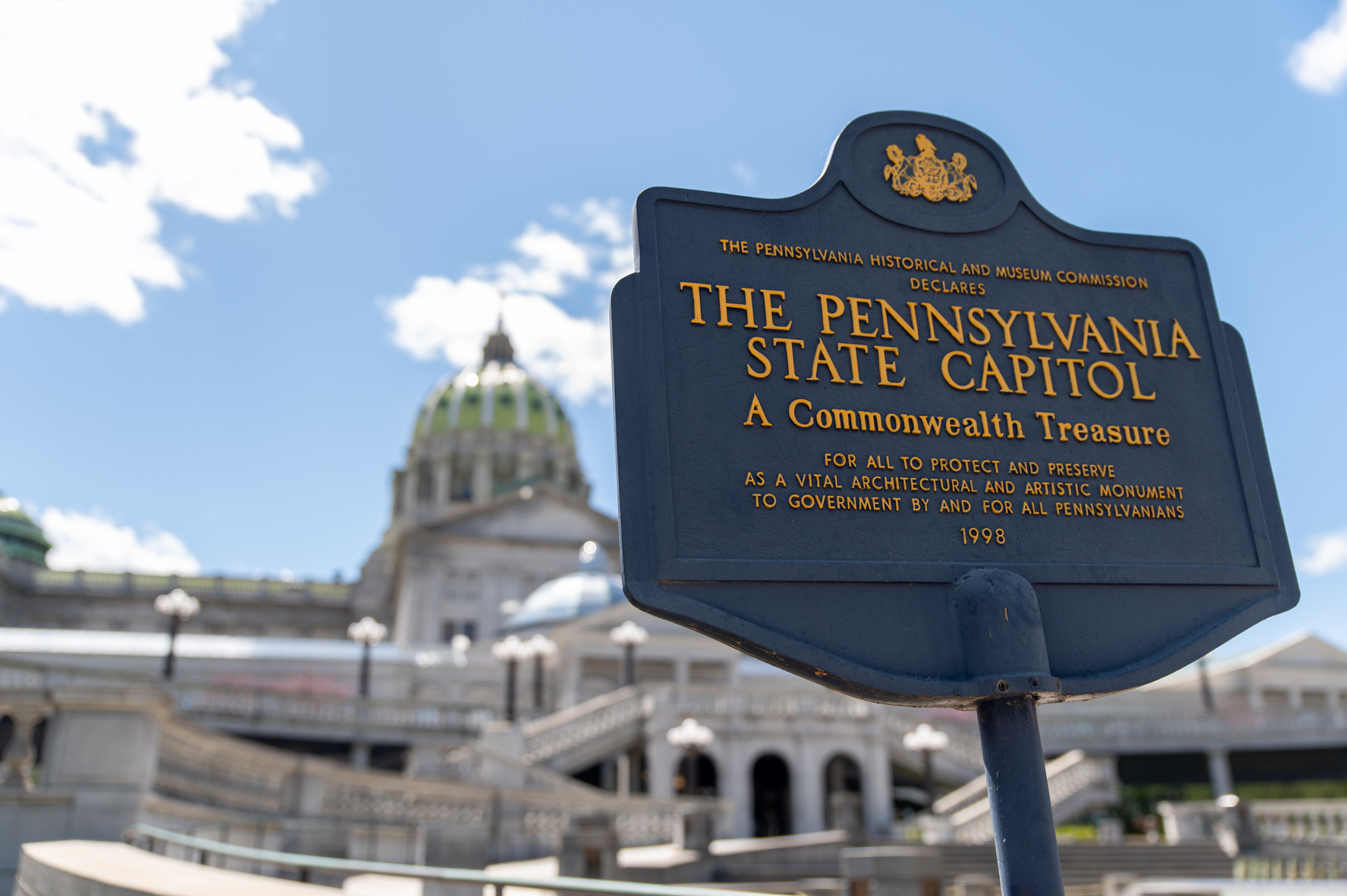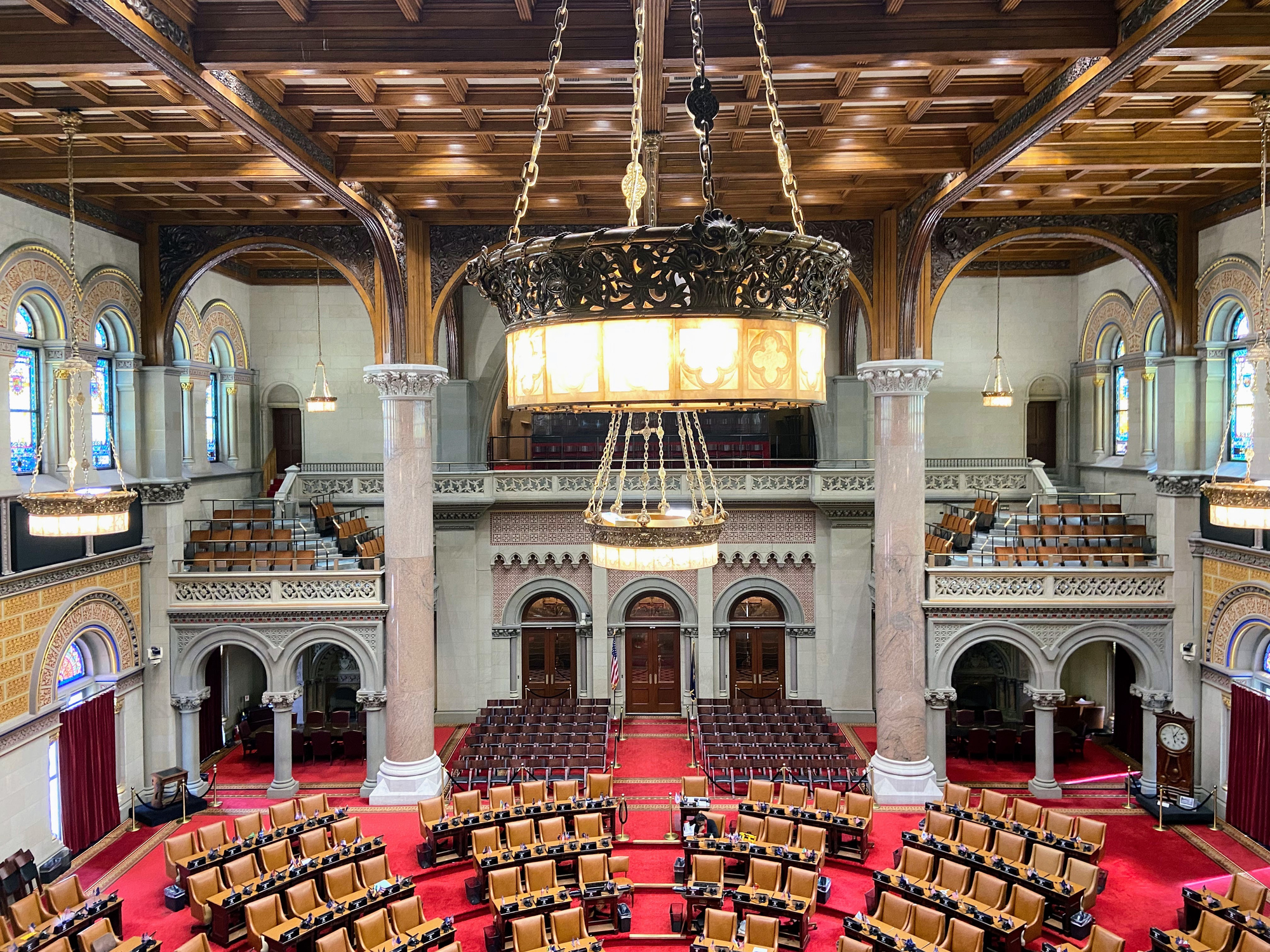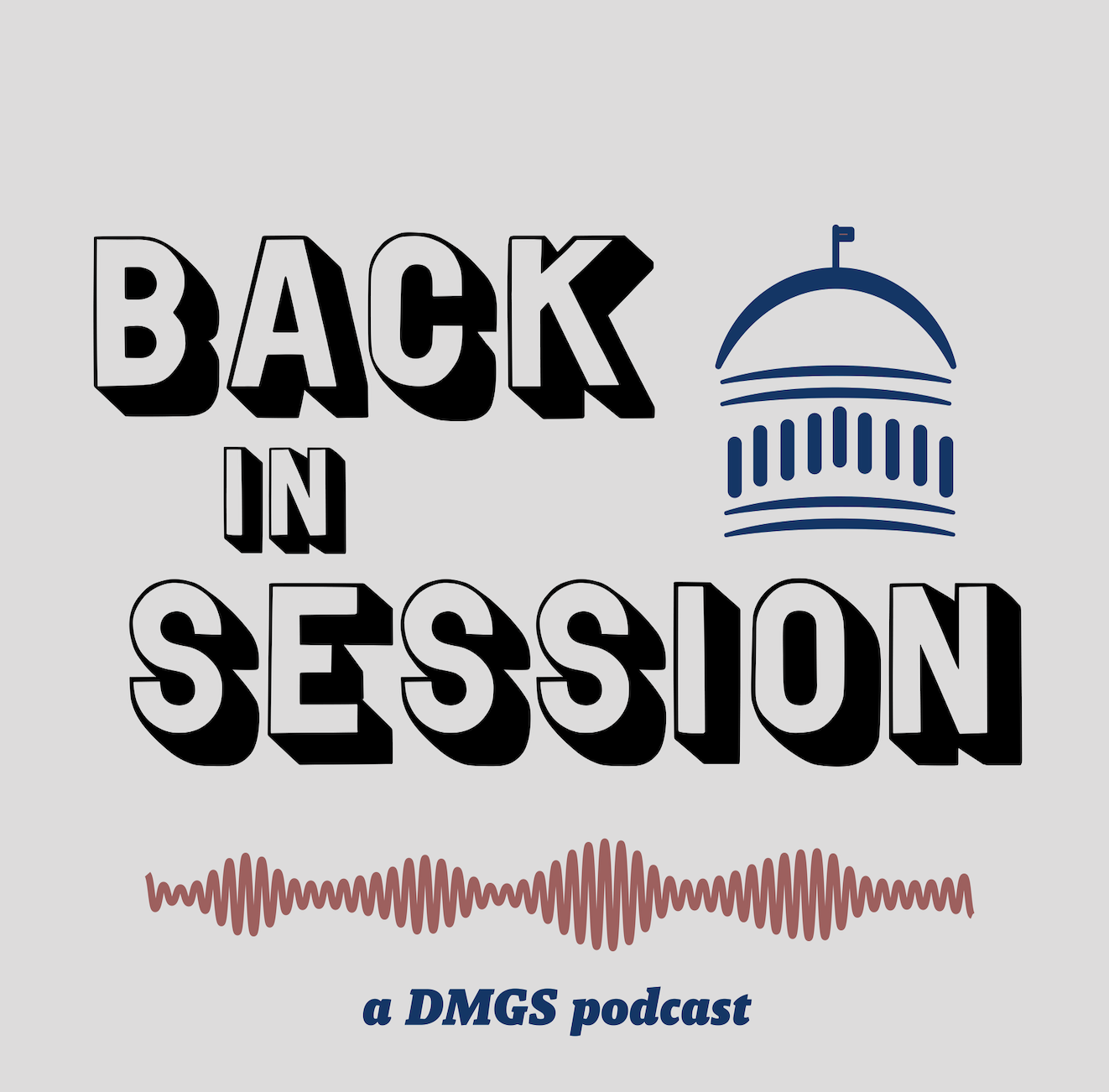
This is part 2 of our 4 part series on 2020 Energy Trends.
Governments and Administrations will band together to overcome barriers to clean energy
According to the WRI, after cities sign clean energy commitments and begin to identify options to increase renewable energy use, barriers are sometimes encountered by government entities through laws or regulations that come from areas such as state or federal government. According to the WRI, to address this, cities have started banding together to create coalitions through their utility regulatory agencies, statewide administrations, or Attorneys General, and other stakeholders.
According to the WRI, Virginia organized trainings to better understand how to increase access to renewable energy within the state. According to the WRI, the Colorado Cities for Climate Action coalition worked to expand state climate policy by providing testimony from local officials, supporting climate-friendly bills and building relationships between state- and locally-elected officials. According to the WRI, “[i]n 2020, expect to see more cities collaborating to engage with state, regulatory and wholesale market actors.”
State-wholesale market conflicts reach the courts
According to Utility Dive, December 20, FERC voted to effectively raise the price of subsidized energy resources -selling their power into PJM’s wholesale capacity market. According to Utility Dive, PJM responded January 8 that it would ask FERC to reconsider or clarify parts of its decision. According to Utility Dive, New Jersey and Illinois are considering pulling out of the PJM capacity market altogether and other states are likely to follow. According to Utility Dive, unless reversed on rehearing or appeal, the decision risks excluding advanced energy resources from the PJM wholesale markets and increasing consumer costs – leading to further legal actions.
According to Utility Dive, ideally, agencies are looking at both the capacity markets and the energy markets to ensure the right incentives are in place to keep the units that are needed around, especially as more and more variable resources come online. According to Utility Dive, “FERC has ordered grid operators to come up with plans to better integrate a necessary renewable energy resource in wholesale markets — energy storage.”
Rise in new regulatory models
According to Utility Dive, “risk-based ratemaking is increasing across the country.” According to Utility Dive, the conversation is switching from previous models to an approach where there is some type of risk assessment attached to all the components of the rate case. According to Utility Dive, this way, a regulator can make an informed decision. According to Utility Dive, “[s]eparate from the risk-based system, there’s also a performance-based approach to utility regulation where utilities must meet particular goals that could be related to any number of topics, including renewables and reliability.”
Cities, states and companies increase renewable commitments
According to the Renewable Energy Buyers Alliance, 2019 was a record-breaking year for U.S. corporate renewable energy purchases with 7.15 GW of deals announced by the end of October. According to Utility Dive, “[w]hile major tech companies like Google, Facebook and Microsoft have been leading this trend, a variety of non-tech companies are starting to enter the space, including Walmart, Target, Mars, Macy’s and Honda.” According to Utility Dive, “[d]oing such deals through utility-offered green tariffs has become less common in recent years, while virtual power purchase agreements, whereby corporate buyers sign with a renewable developer and bypass the utility, are growing.”
Latest News
Photo credit: iStock.com/Hamburg Studios As Pennsylvania continues to navigate an evolving energy landscape, state leaders are proposing new approaches to ensure reliability, affordability, and sustainability. Governor Josh Shapiro recently announced his “Lightning Plan”, a six-part [...]
Photo credit: iStock.com/Ray Tan As the impacts of climate change intensify, several U.S. states are taking legislative steps to address the mounting costs of adaptation and resilience. New York, New Jersey, and Vermont have recently [...]
In this episode of The Back in Session Podcast, hosts Ryan Stevens and Ryan DeMara are joined by Brendan Williams from PBF Energy. They delve into the state of energy policy, the refining sector, and [...]
Photo credit: iStock.com/krblokhin Solar energy deployment has continued to increase, but the spread of new projects is not comprehensive. The National Renewable Energy estimates that 42% of households cannot access behind-the-meter solar. To address the [...]






Stay In Touch